Grinding Gear Games’ development process
The COVID-19 pandemic has affected all of us around the world and different countries have had different approaches in how to combat this unprecedented health crisis. In the case of New Zealand (which is where Grinding Gear Games is headquartered), the government responded hard and fast. A strict lockdown was implemented in late March, and it seems those actions have borne fruit as there have been no new coronavirus cases in the past 11 days.
With regard to how Grinding Gear Games has been affected by the lockdown, CEO Chris Wilson told me that things were quite hard at first. Considering that everyone was used to working from the office and they suddenly had to work from home, it definitely affected Path of Exile‘s development. Still, the team was able to manage thanks to timely adjustments. In true gamer fashion, Wilson told me that they used Discord as their primary mode of communication throughout that period.
“Well, we’re gamers,” he said. “We have these little office chatrooms, and I’ve even got ‘Chris’ office’ so people can enter the chat and talk to me anytime.”
Wilson did mention that everyone was back at the office now. With New Zealand handling the threat of COVID-19 in an exceptional manner, lockdowns and restrictions have been eased and people were back to work and normal day-to-day routines.
Path of Exile: Harvest – Oshabi, the Sacred Grove, and Seed Caches
As for Path of Exile: Harvest, you’ll learn about what the new league’s mechanics entail once you meet Oshabi, the Keeper of the Sacred Grove. Oshabi was formerly one of the Azmeri tribe, shunned by her people due to her interest in the powerful potential of the land. She ends up discovering the Sacred Grove, a garden created by an ancient people, and it’s up to you to help her delve deep into its secrets.
To meet Oshabi, you’ll first need to find a Seed Cache. There’s one Seed Cache in each level of Path of Exile and opening it will cause Oshabi to appear via a portal. From there, you can enter the Sacred Grove to plant the seeds you’ve discovered. It’s like your own personal garden. Much like hideouts, you can have friends visit and help you out.
Anyway, since you’ve planted a seed, you can build a Collector to harvest the seed’s Lifeforce once it blooms. However, the stuff that you’ve planted in Path of Exile: Harvest won’t just automatically grow — not even if you’re alt-tabbed while trading. Instead, you’ll need to find more Seed Caches. Each cache that you tag will cause the in-game time to advance, allowing your plants to start growing.
Note: The progression of time or “growth cycle” is just for the Sacred Grove mechanic. It’s not going to magically turn Zana into Nanna.
Seed tiers and harvest time
Let’s say your seeds have fully grown. Now, it’s time to harvest them. “Harvesting,” in this case, refers to monsters spawning from those plants. Defeating these monsters will allow you to collect their Lifeforce. With this resource, you’re now able to do some crafting.
So, the gist is: find seeds, plant them, grow them (by finding more seeds), spawning monsters (once those plants have fully grown), harvesting their Lifeforce, and, lastly, using that Lifeforce to craft.
Note: Seeds are also tradable, so you can give them to a friend if you want.
But, it doesn’t stop there. That’s because you’ve likely only seen one type of seed from the first tier. Here’s where things get more complex:
- There are three types of seeds and they’re color-coded — Wild (purple), Vivid (orange), Primal (blue) — and each seed can result in certain crafting effects.
- The first tier of seeds only require you to plant them near a Collector of the same time (ie. blue is to blue).
- Since it’s a tier 1 fight, it’s not too difficult, but you also won’t get as many crafting options or Lifeforce from it.
You can see an example of a tier 1 seed below:
These monsters, though, can sometimes drop tier 2 seeds. These will provide you with different crafting effects and more Lifeforce when harvested. However, the requirements for placing them in the garden would be quite different. For instance, this tier 2 Primal Rhex Seed requires four adjacent tier 1 Primal plants to grow:
Complex farming and crafting
You just went from a simple plot of land to multiple plots. You could even add storage tanks in various areas to collect excess Lifeforce and connect these to your network using pipes:
From there, you could create more elaborate placements since your own Sacred Grove is large enough to accommodate various setups. Eventually, you’d have a sprawling, factory-like farm, growing and expanding it as you find more Seed Caches in Path of Exile‘s world.
Of course, the end goal is to unlock more crafting options and use Lifeforce to make the most out of your gear:
Gameplay video time: Big battles and boss fights
Up to 48 plants can be harvested at once, so you can choose to tackle only one group of mobs or turn it into an epic barnyard brawl. You can see one such example in the video below:
Now, that’s just a fight against some tier 2 enemies. Later, you’ll be able to face tier 3 enemies that can drop special seeds that can churn out unique boss fights for Path of Exile: Harvest‘s endgame.
There are three of these Sacred Grove boss fights, each representing each type of seed (Wild, Vivid, and Primal). You can watch one of the boss fights below:
Note 1: There are rumors of a fourth boss, one that’s rarer and tougher, and you might be able to “grow” it.
Note 2: In case you haven’t noticed it yet, some of the visual effects, including monsters, might quite different from what you’ve gotten used to. As Chris Wilson told me, they needed more help with the Harvest expansion during New Zealand’s quarantine period. That’s why some members of the Path of Exile 2 team gave them a hand. Much like Delirium‘s mists, these designs have higher quality and detail since you’re essentially seeing what Path of Exile 2 promises to bring once it launches in the future.
Path of Exile: Harvest – Design philosophies and crafting
Chris Wilson mentioned that Path of Exile: Harvest presents a unique experience that hasn’t been in the game before — a combination of the game’s trademark action and crafting customization with city-building and management mechanics. You’re cultivating and growing crops in your own farm, all while exploring and finding more seeds, and then beating down monsters so you can have more crafting options.
“The encounters have the ‘build your own fight’ aspect of Metamorph, but for an entire group of monsters and not just a single one. Additionally, while we often do pure-combat leagues like Breach or Delirium, but we have found that it’s good to space these out with more-involved creative leagues that encourage behavior other than just pure clear speed.”
In a way, Harvest allows Path of Exile fans to play at their own pace. Similarly, given that most Path of Exile leagues tend to be overflowing with loot drops, the goal of Harvest is to focus primarily on crafting as part of its core rewards system. Each type of seed presents new options for crafting affixes, and higher tiers generally have better options. As such, players would be searching for various seeds and managing their plots/seed placements in the Sacred Grove just to discover all the possibilities.
So, what will Path of Exile: Harvest‘s farming activities net you as rewards other than awesome crafting options? Well, the expansion/league introduces new uniques as well as a number of reworks and overhauls to existing systems. Check out part 2 of our in-depth preview.
Grinding Gear Games plans to release Path of Exile: Harvest on June 19 for the PC. PlayStation 4 and Xbox One owners will be able to see what’s in store within the week after that. You can download Path of Exile via its official website or Steam.

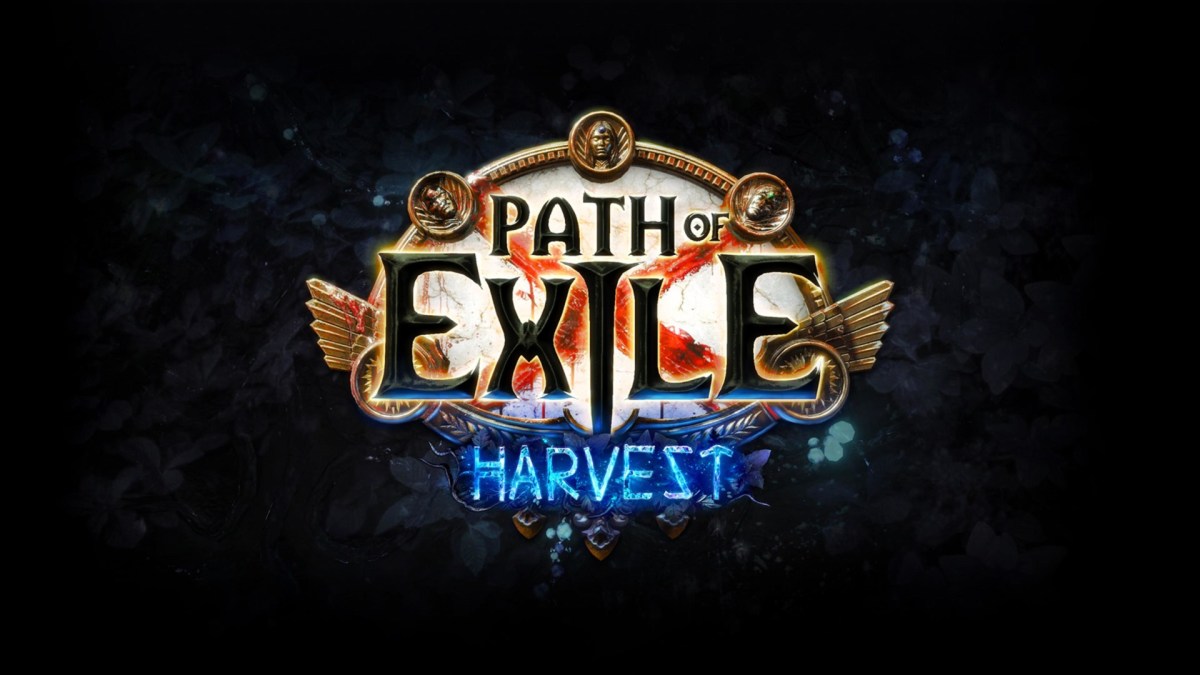
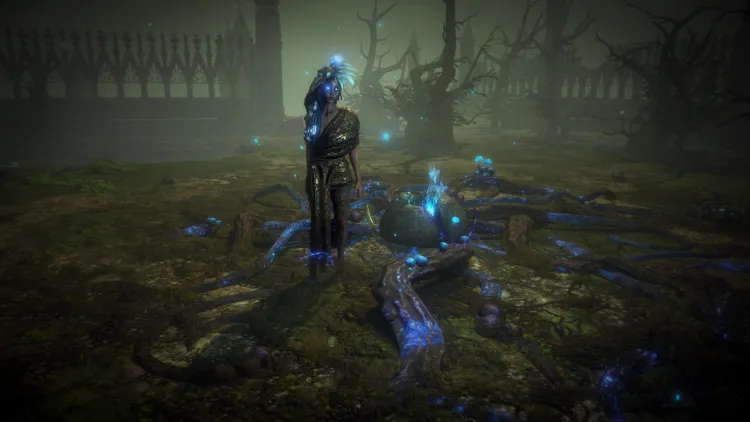
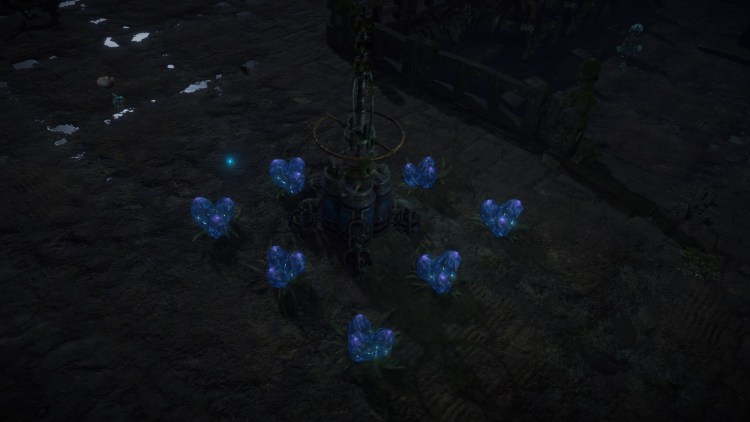
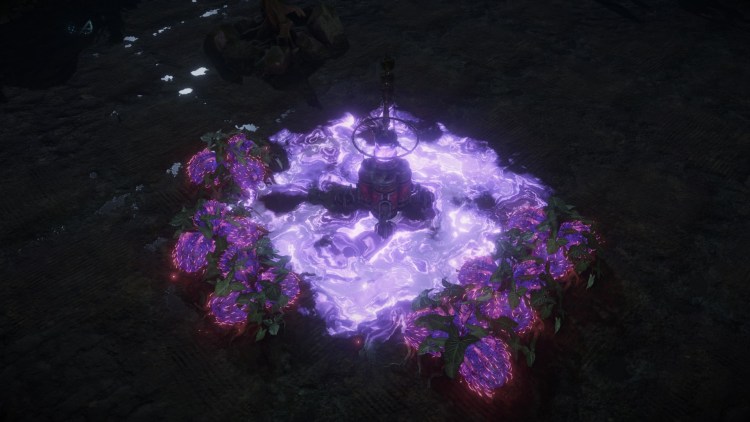
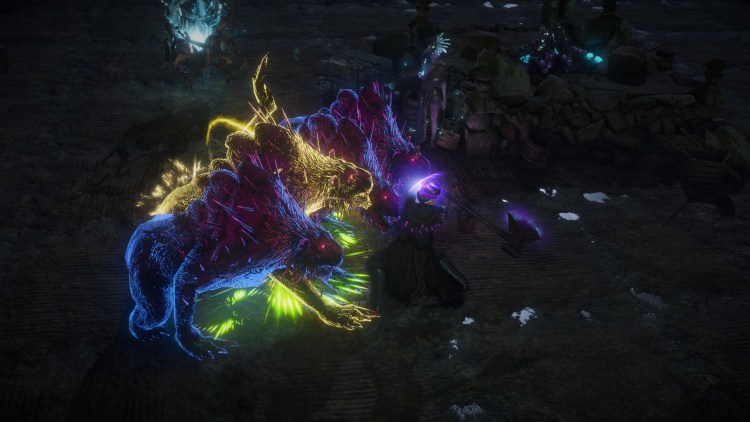
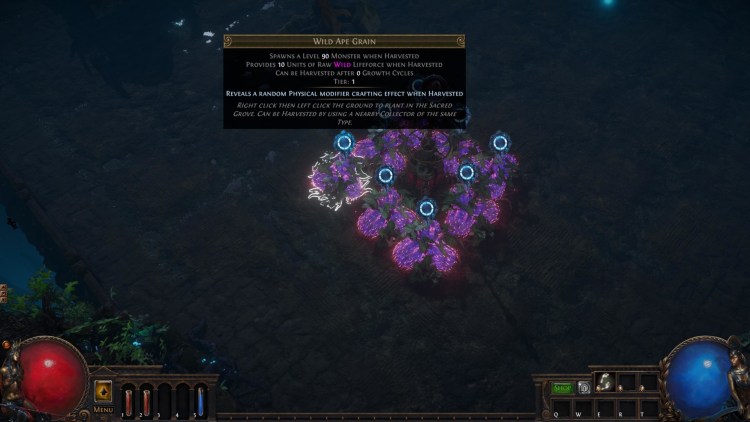
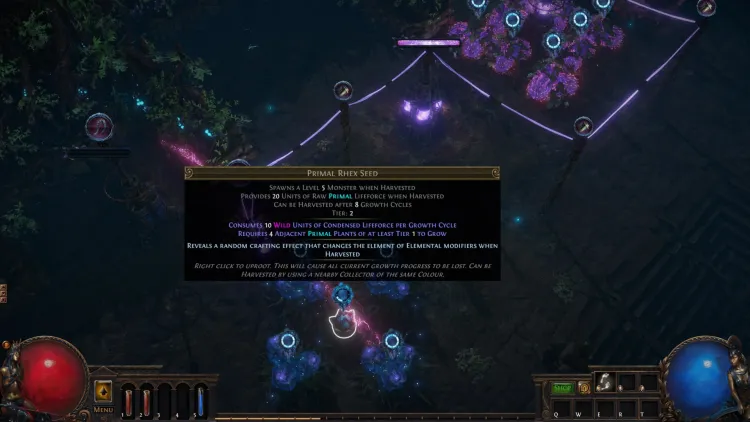
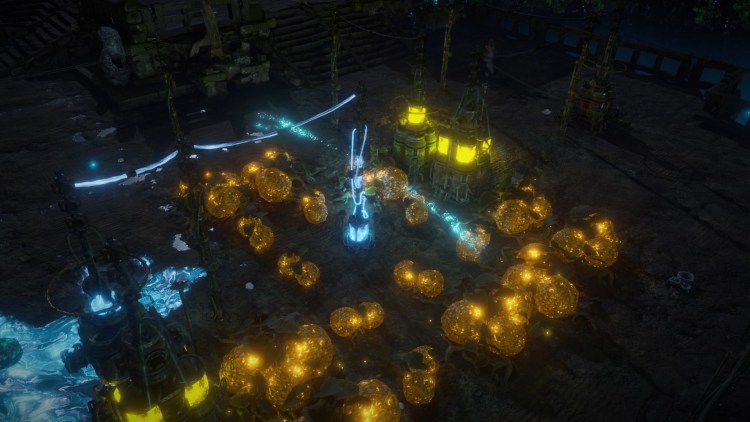
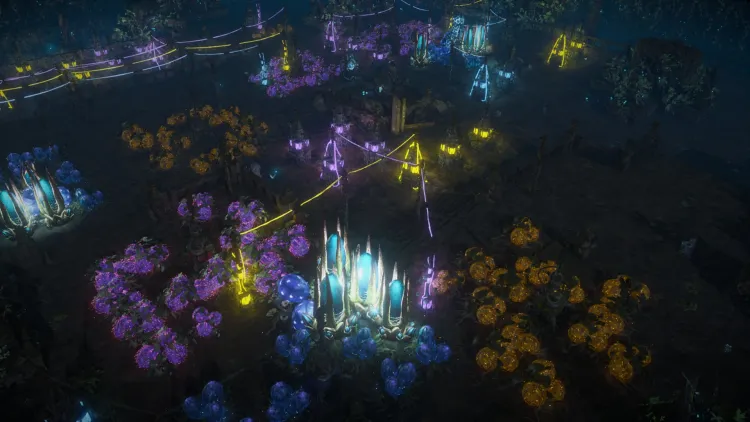
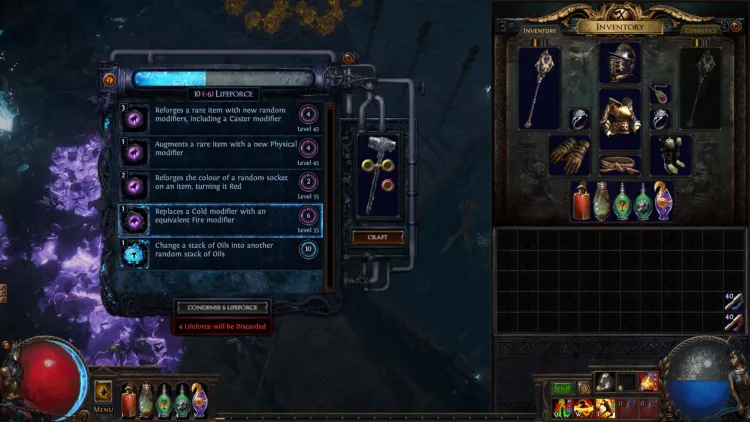
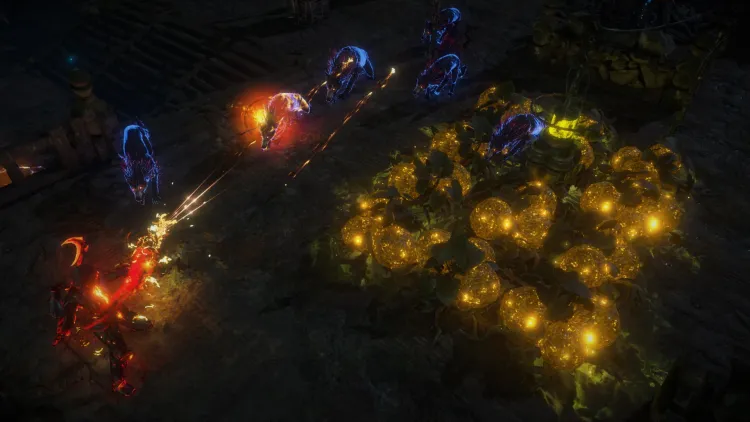





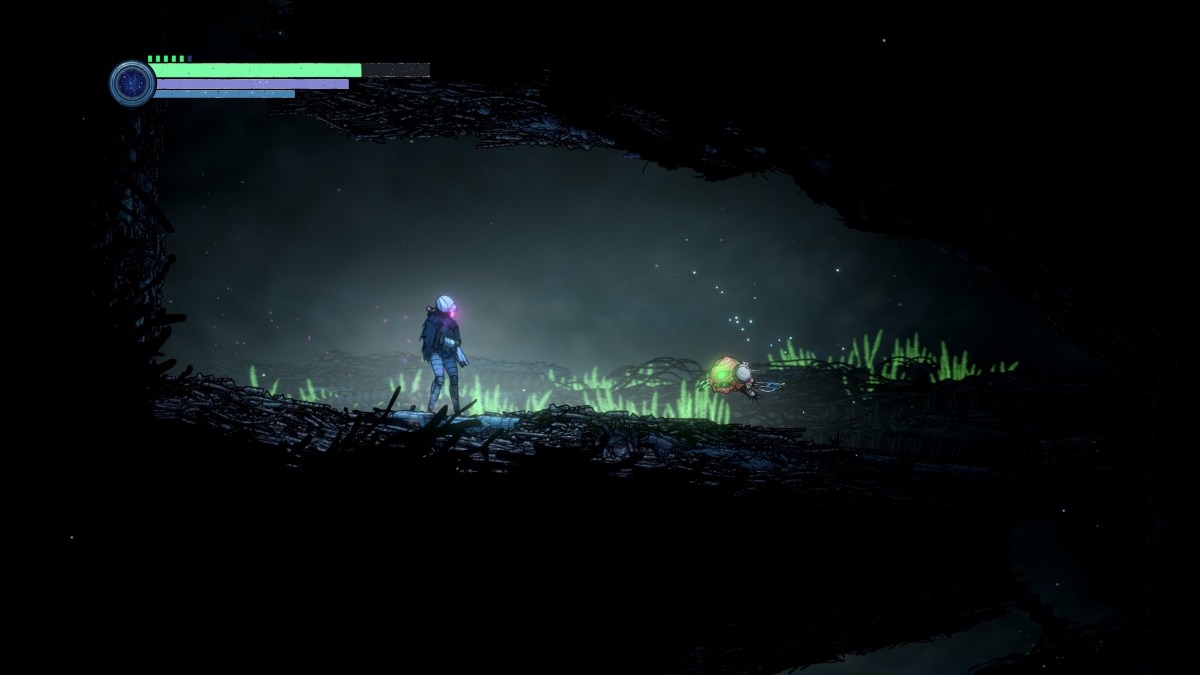
Published: Jun 2, 2020 05:00 pm